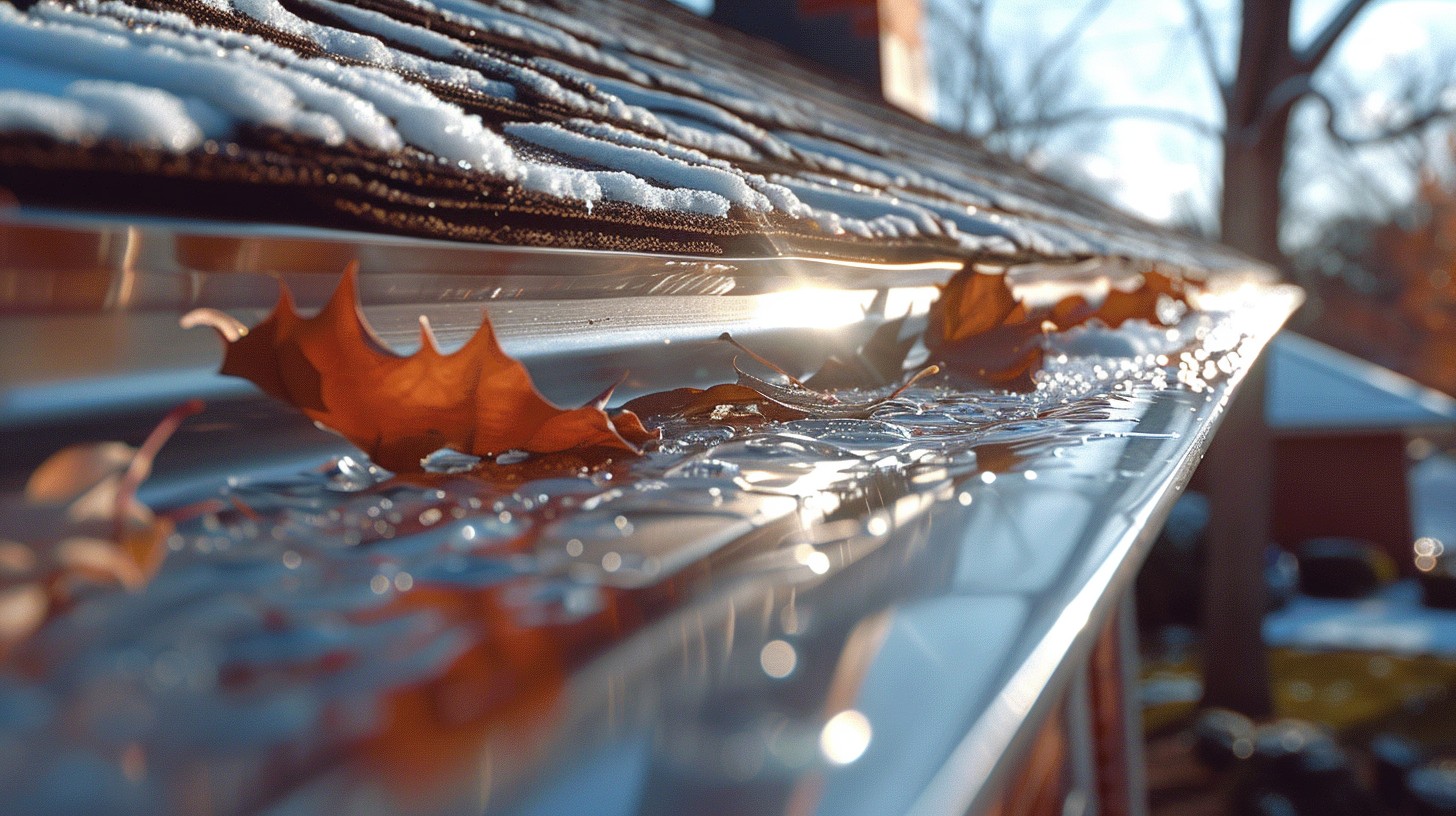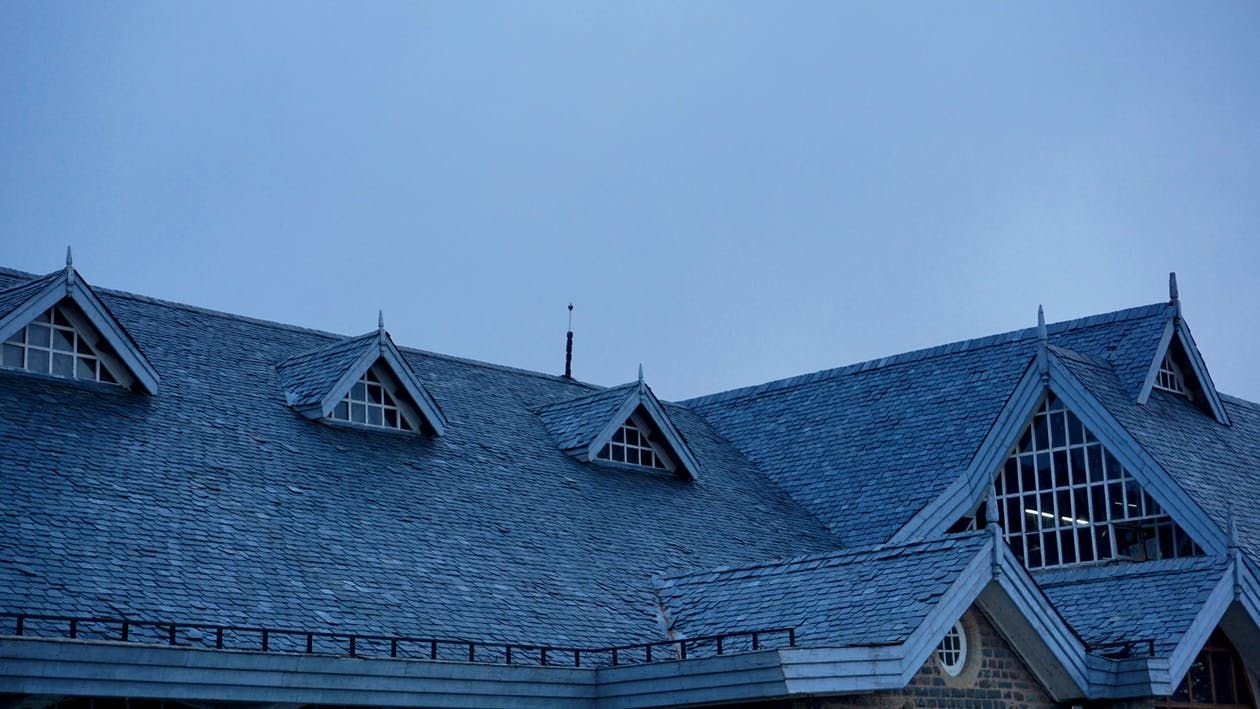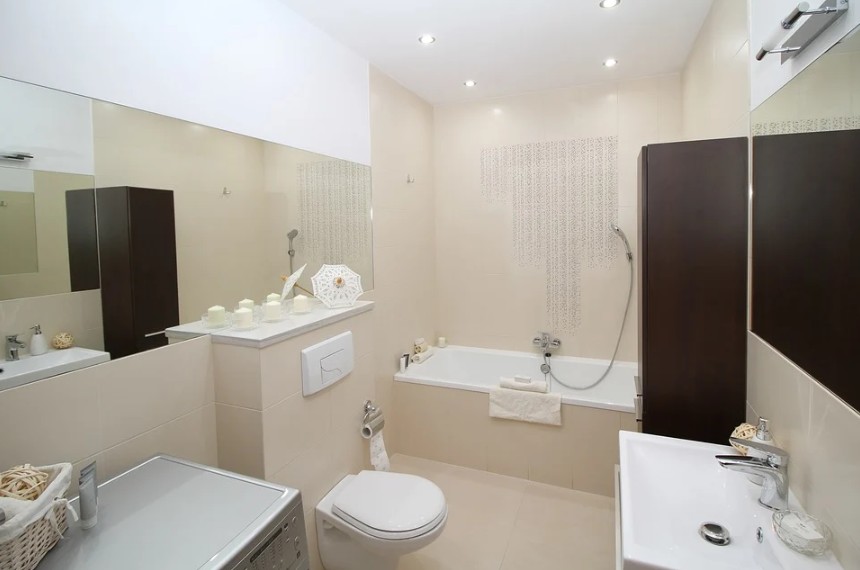9 common reasons your roof is leaking and how to fix it

The lifespan of the roof of your house will depends on several factors but most importantly the materials used and the quality of installation. With time, even the sturdiest roofing systems can deteriorate. Some leaks are easy to spot, but others stem from more hidden locations that are invisible to the naked eye. Hiring a professional leak detection plumber is also essential for accurately locating these hidden leaks and preventing further water damage to your property. Below we’ll discuss some of the more common causes that result in these leaks and how they can be repaired.
Blocked or dysfunctional box gutters
Over time, build up of leaves, dirt and other debris can cause water to not be able to adequately drain from your box gutters. Alternatively the water may not flow correctly towards drainage points, or the drainage outlets might be too small to cope with the amount of rain. Ensuring your gutters are cleared regularly is always a good idea. If your gutters don’t have adequate outlets it’s worth getting a specialist to update your home guttering.
Ventilation
Inadequate attic ventilation may result in condensation accumulation, which in turn causes mold and concealed moisture damage that is a simulated roof leak. It may also shorten roofing material life. Check whether soffit, ridge, or gable vents are in good working condition. Install mechanical ventilation (like a whilry-bird) if passive air movement is not adequate. An attic inspection may reveal ventilation deficiencies and moisture issues.
Deteriorated roof tiles (shingles)
Over time, roof tiles get porous and can crack, break, or can slide out of position. This exposes the layers below to the elements, speeding up deterioration and letting water penetrate.
Regular inspection reveals problem tiles early. Remove any damaged shingles and replace them with high-quality ones as soon as possible.
Weathered roof materials
With time, roofing material such as the grouting used along roof capping and edges becomes porous. When water enters these, they can get leaks and cause structural damage. Applying sealants that are intended for porous tiles to seal the area so that it remains waterproof. For underlayments that are damaged, re-roofing is recommended. Engaging a professional roofer is recommended for roofs that are 15–20 years old or more.
Leaking Pipe vent
Pipe vents permit air into plumbing, yet they also have roof penetrations, forming leak potential. Rubber boots or metal collars around vents can deteriorate, crack, or be improperly flashed.
Check pipe vents frequently for seal failure and wear. Replacing failing vent boots and re-sealing collars using roofing-grade sealant can avoid leaks. Upgrading to metal flashing boots for added durability is wise.
Damaged Flashing
Flashing is the lightweight material (normally metal) employed to divert water away from important roof areas such as chimneys, vents, and skylights. Loose, rusty, or inadequately installed flashing permits water to infiltrate the roof structure.
It is recommended to inspect flashing at least once a year and following severe storms. Upon detection of damage, exchanging or resealing flashing using premium, weather-resistant products can restore flashing effectiveness.
Drainage problems and ponding water
Low-slope or flat roofs are particularly vulnerable to ponding water—rainwater that gathers and stays for a long time. Ponding water can weaken roofing materials and ultimately lead to leaks.
Make sure the roof is properly sloped and has drainage points. Installing tapered insulation or using more drains can facilitate the flow of water. Easy inspection after rain is the key to catching and addressing drainage issues before they become problematic.
Nesting animals - possums, mice, rats, birds
Animals tend to find roofs a very attractive place to nest. They dislodge tiles, chew on materials, or clog drainage systems. The subsequent damage goes unnoticed until leaks are substantial.
Cut back tree branches to limit access to the roof. Place mesh or barriers on vents and openings. In case of suspected infestation, hire a pest control professional to safely evict animals and seal the space.
Poor installation or Maintenance
New roofs can leak as well if poorly installed. Poor alignment of tiles, poor sealing, or omission of required flashing installation can lead to weaknesses. Likewise, failure of regular maintenance provides room for small problems to grow into big ones.
Always employ licensed and seasoned roofers. Post-installation inspections can detect mistakes before they lead to leaks. Create a maintenance routine with yearly professional inspections.
The sturdiness of your roof hinges on quality materials as well as workmanship. Whether dealing with aging parts or fixing faulty installations, proactive maintenance is the key to keeping your roof leak-free and long-lasting for years to come.




